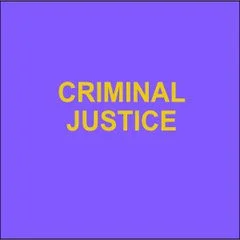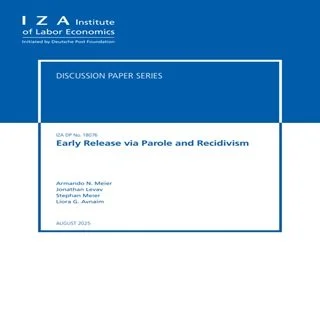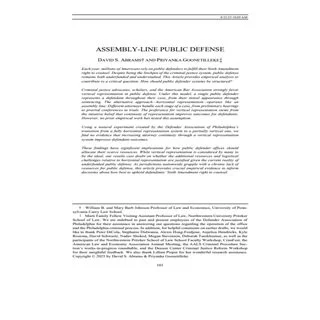By Roseanna Sommers and Kate Weisburd
Fifth Amendment case law (including Miranda v. Arizona) requires that individuals assert their right to counsel or silence using "explicit," "clear," and "unambiguous" statements - or, as some dissenting judges have lamented, using "legally magic" words. Through a survey of 1,718 members of the U.S. public, we investigate what ordinary people believe it takes to assert the right to counsel and the right to silence. We then compare their perceptions against prevailing legal standards governing invocation.
With respect to the right to counsel, the survey results indicate that members of the public have a uniformly lower threshold for invocation than do courts. Statements that courts have deemed too ambiguous (e.g., "I'll be honest with you, I'm scared to say anything without talking to a lawyer.") are perceived by a large majority of survey respondents as invoking the right to counsel. With respect to the right to silence, the survey results suggest that people overwhelmingly believe that remaining silent for several hours constitutes invocation of the right to silence and expect that their silence cannot be used against them - including in situations where, in fact, it can be. Across an array of fact patterns and demographic subgroups, respondents consistently set the bar for invoking Fifth Amendment rights lower than courts.
The stark disconnect between what the public takes as sufficient to invoke these rights and what courts hold as sufficient suggests that the rights to counsel and silence are largely inaccessible to ordinary people. Notably, standard Miranda warnings do not include instructions regarding how one must speak in order to invoke those rights. We conclude that when courts set the threshold for invocation above where the average citizen believes it to be, they effectively place key procedural rights out of reach.
119 Northwestern University Law Review 637 (2024), 52p.




